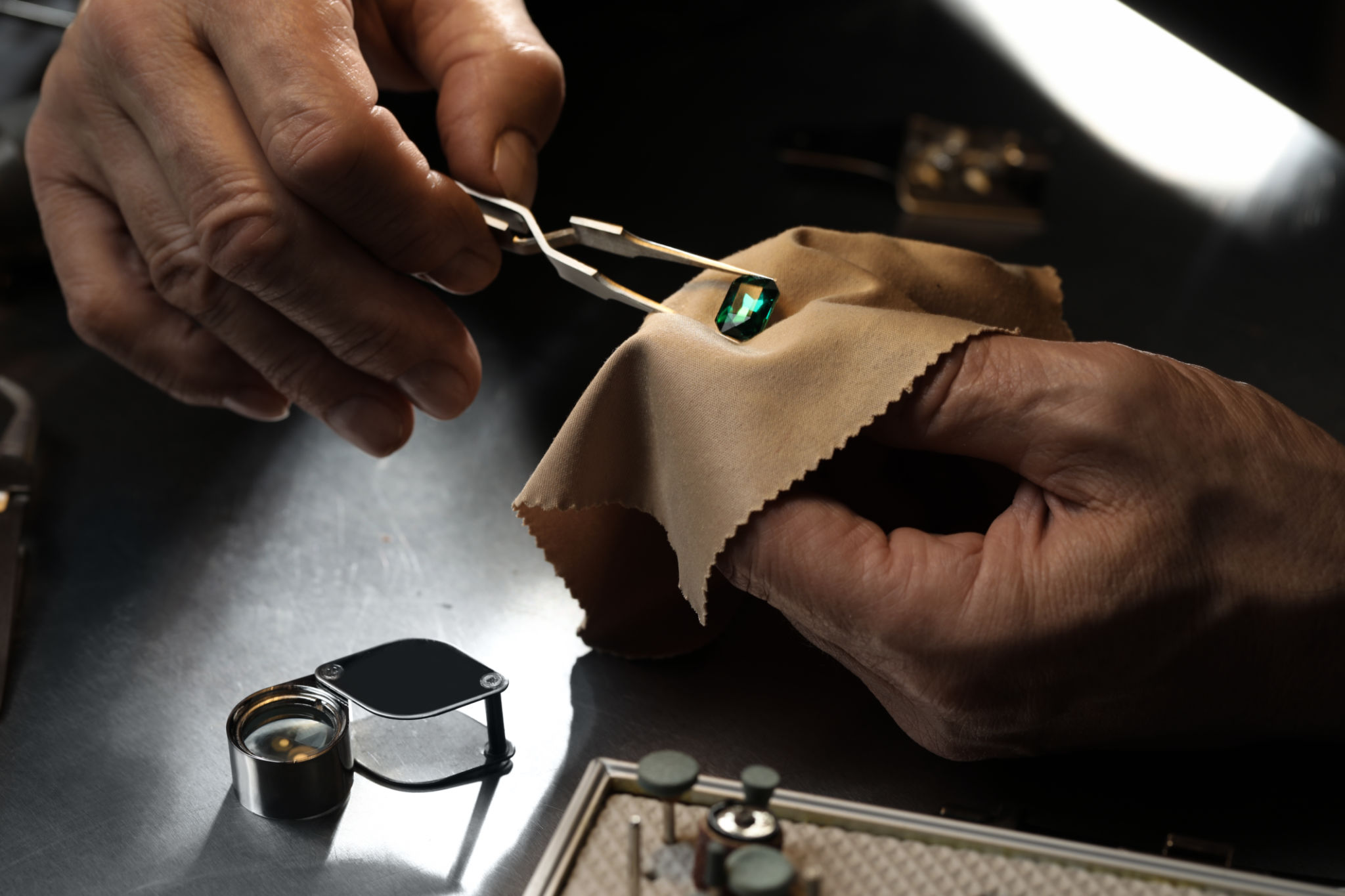OEM vs ODM in the Fashion Industry: Which is Right for Your Jewelry Business?
Understanding OEM and ODM in the Fashion Industry
In the dynamic world of the fashion industry, particularly in the jewelry sector, businesses often encounter the acronyms OEM and ODM. These terms represent two distinct manufacturing models that can significantly impact your business strategy and product development. Understanding the differences between these models is crucial for making informed decisions that align with your business goals.
OEM, or Original Equipment Manufacturer, refers to a company that produces parts or products for another company to sell under its own brand name. In contrast, ODM, or Original Design Manufacturer, designs and manufactures a product that is then rebranded by another company. Both models offer unique advantages and challenges that are worth exploring.

Advantages of OEM for Jewelry Businesses
Choosing an OEM model can be beneficial for jewelry businesses that want to maintain control over their design and brand identity. With OEM, you can work with manufacturers to produce items that meet your specific design criteria and quality standards. This allows you to create a unique product line that reflects your brand’s style and vision.
Moreover, OEM can be a good fit for businesses that have strong design capabilities but lack the resources to handle large-scale manufacturing. By collaborating with an OEM partner, you can focus on the creative aspects of your jewelry while leaving the production process to seasoned professionals.

Challenges of the OEM Model
Despite its advantages, the OEM model also presents certain challenges. It typically requires a significant initial investment in design and development. Additionally, the responsibility of ensuring product quality rests on your shoulders, which may require close supervision of the manufacturing process.
Furthermore, lead times can be longer due to the custom nature of OEM production. This means you need to plan your inventory and production schedules carefully to avoid potential disruptions in supply.
Benefits of Opting for ODM
On the other hand, ODM offers a more streamlined approach for businesses that prefer a ready-made solution. With an ODM partner, you can select from a range of pre-designed products and make minor modifications to suit your brand. This model is particularly attractive for startups or businesses looking to expand their product range quickly without extensive design resources.

ODM can also reduce time-to-market since the product development phase is significantly shorter compared to OEM. This allows you to respond more rapidly to market trends and consumer demands, giving you a competitive edge in the fast-paced fashion industry.
Potential Drawbacks of ODM
While ODM can be advantageous for quick market entry, it may come at the cost of limited customization options. Your ability to differentiate your products from competitors might be restricted, as many brands could be sourcing similar designs from the same manufacturer.
Additionally, relying on ODM means you have less control over intellectual property, which could be a concern if protecting unique design elements is important for your brand strategy.
Which Model is Right for Your Business?
The decision between OEM and ODM ultimately depends on your business objectives, resources, and market strategy. If you prioritize unique designs and brand control, investing in the OEM model might be worthwhile. However, if speed to market and lower initial costs are more critical, ODM could be the better choice.
Evaluate your business needs and resources carefully before making a decision. Consider factors such as budget, design capabilities, and market positioning to determine which model aligns best with your long-term goals.